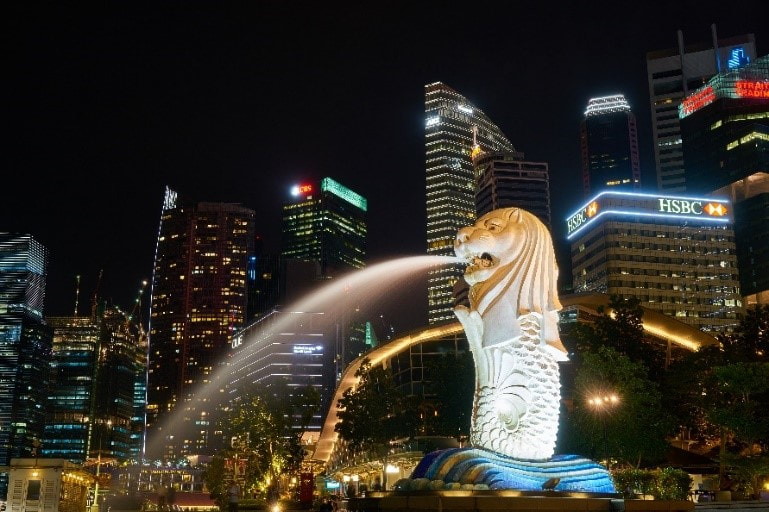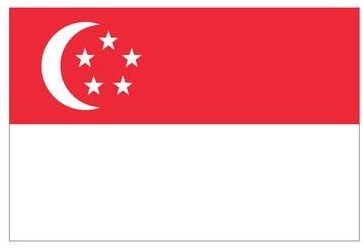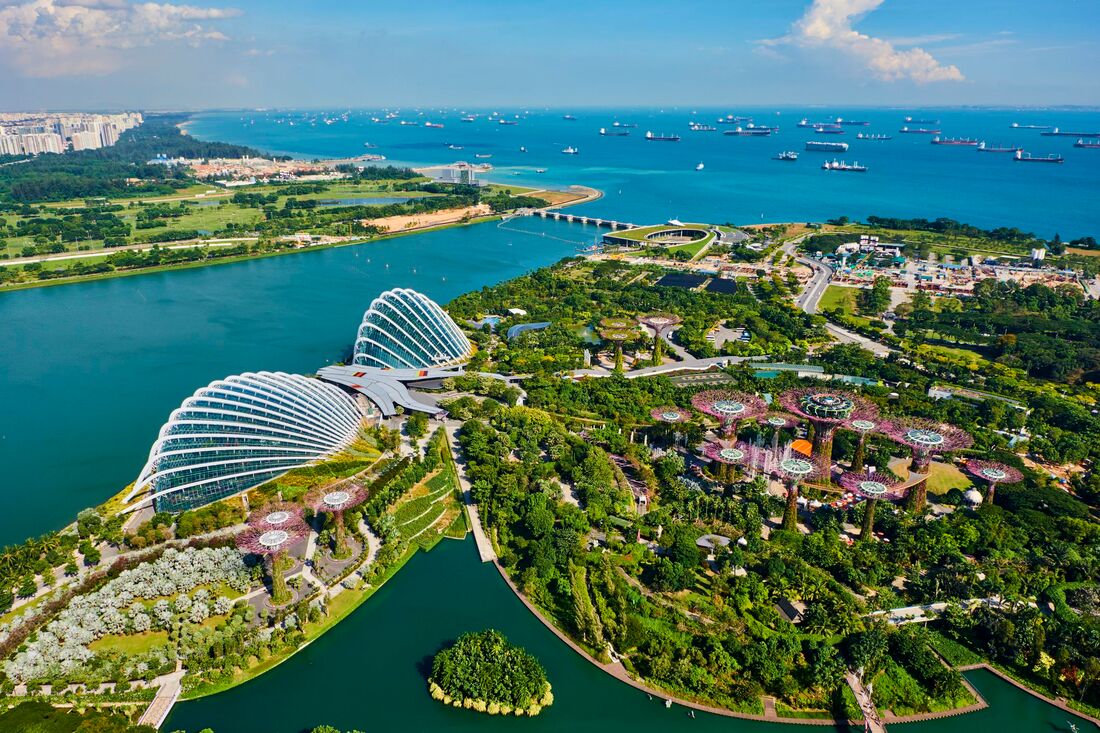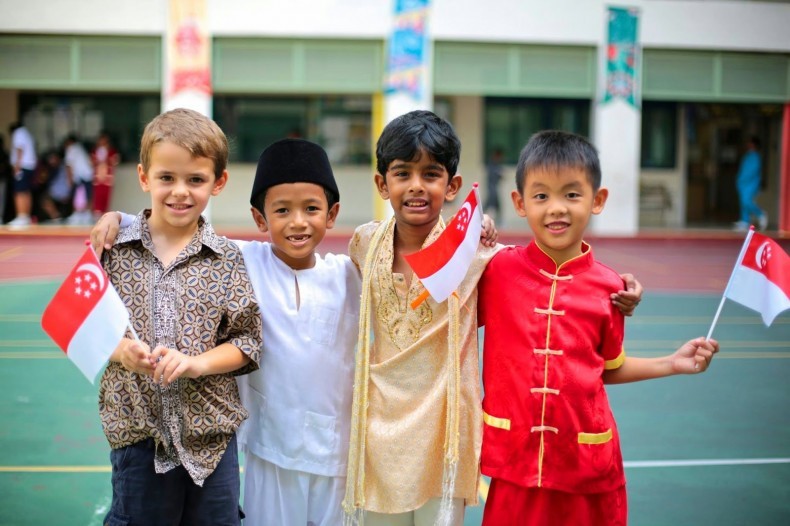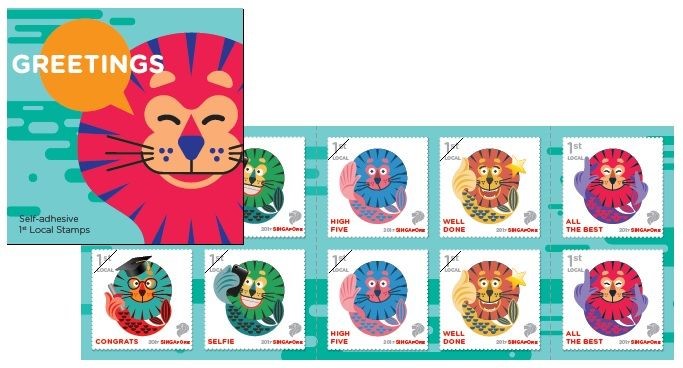Dear Student,
Welcome to the ESSEC Asia Pacific campus! And welcome to Singapore for those of you coming from overseas. We have prepared this guide in the hope that it will be useful in helping you prepare for your arrival in Singapore - finding accommodation, navigating the Singapore landscape and making the most of your time here. This section is divided into 3 parts - Daily Living, Culture and Leisure while Accommodation is a separate section altogether.
Singapore is a brilliant city, and once you get settled down, you will never want to leave. Tons of discoveries, experiences, memories went into compiling this guide. We hope you find this guide useful and enjoy your stay here in Singapore!
Thank you!
Welcome to the ESSEC Asia Pacific campus! And welcome to Singapore for those of you coming from overseas. We have prepared this guide in the hope that it will be useful in helping you prepare for your arrival in Singapore - finding accommodation, navigating the Singapore landscape and making the most of your time here. This section is divided into 3 parts - Daily Living, Culture and Leisure while Accommodation is a separate section altogether.
Singapore is a brilliant city, and once you get settled down, you will never want to leave. Tons of discoveries, experiences, memories went into compiling this guide. We hope you find this guide useful and enjoy your stay here in Singapore!
Thank you!
|
A Brief History
The earliest known mention of Singapore was a 3rd-century Chinese account describing Singapore as "Pu-luo-chung" ("island at the end of a peninsula"). By the 14th century, Singapore had become part of the mighty Sri Vijayan Empire and was known as Temasek ("Sea Town").
During the 14th century, it earned a new name – "Singa Pura", or "Lion City". According to legend, a visiting Srivijayan prince, Sang Nila Utama, saw an animal he mistook for a lion and Singapore's modern-day name was born. The British provided the next notable chapter in the Singapore story. During the 18th century, they saw the need for a strategic place to support their growing empire. In 1819, Sir Stamford Raffles, the British administrator who founded modern Singapore, quickly established Singapore as a trading station. By 1824, the population had grown from a mere 150 to 10,000. Years later, during World War II, Singapore was captured by the Japanese in 1942. After the war, Singapore became a Crown Colony. The growth of nationalism led to self-government in 1959 and on 9 August 1965, Singapore became an independent republic. |
Singapore Today
Singapore is made up of not just one island but a main island with 63 surrounding islets. The main island has a total land area of 710.3 square km. It is located 136.8 km north of the equator, between latitudes 103 degrees 38’E and 104 degrees 06’E. Singapore is closely situated to Malaysia and Indonesia.
In just 150 years, Singapore has grown into a thriving center of commerce and industry. Though its former role as an entrepôt has diminished, it remains the busiest port in the world with over 600 shipping lines. In addition, Singapore has developed a strong manufacturing base that was developed primarily in the 1960s and has evolved into one geared towards the production of high value-added goods today. It is also one of the world's major oil refining and distribution centers and a leader in shipbuilding and repairing. In recent years, Singapore has become Asia’s leading financial center, with more than 130 banks. Business dealings are facilitated by Singapore's excellent communications network, which links the nation with the rest of the world. |
Flag, Anthem & Symbol
The Singapore National Flag
The National Flag is red and white, with a crescent and five stars. Red represents universal brotherhood and equality of men. White symbolizes pervading, everlasting purity and virtue. The crescent signifies a young nation on the ascent, and the 5 stars stand for democracy, peace, progress, justice and equality. The National Anthem The national anthem, Majulah Singapura, written in Malay, embodies the hopes and spirit of Singaporeans in their quest for progress and success. It means Onward Singapore. There are also English, Mandarin and Tamil versions of the anthem. The Merlion The Merlion is a symbol of welcome to all visitors to Singapore. It was designed as an emblem for the Singapore Tourist Promotion Board in 1964. The Merlion has a lion head and a fish body resting on a crest of waves. The lion head symbolizes the legend of the rediscovery of "Singapura", as recorded in the "Malay Annals”. It embodies courage, strength, excellence and resilience in the face of challenges. The fish tail signifies the ancient city of Temasek and represents Singapore's humble beginnings as a fishing village. |
|
Climate
Singapore has a tropical rainforest climate with no distinctive seasons, uniform temperature & pressure, high humidity, and abundant rainfall. Temperatures usually range from 25 to 35 °C. While temperature does not vary greatly throughout the year, there is a wetter monsoon season from November to January. Singapore follows the GMT+8 time zone, and does not observe daylight saving time (DST).
|
Population, Race, Language & Religion
There are 5.64 million people in Singapore, out of which 3.47 million are citizens and another 0.5 million are permanent residents. Singapore's people are largely descendants of immigrants from the Malay Peninsula, China and the Indian sub-continent. The rest of the population are mostly foreigners who are either working or studying here.
Singapore is a melting pot of races. Of its total resident population (citizens and permanent residents), some 74.1% are Chinese, 13.4% are Malay, 9.2% are Indian, and 3.3% are Eurasian and people of other descent. The national language of Singapore is Malay and its main language for business, administration and instruction (for schools) is English. The four official languages are Malay, English, Mandarin, and Tamil. With so much cultural diversity, Singapore is also multi-religious. The main religions are Buddhism, Taoism, Christianity, Islam and Hinduism. Other religions include Sikhism, Judaism and Zoroastrianism. There are also large non-religious and atheist populations in Singapore. |
Culture
With the diversity of Singapore's population, it is important to note the different customs, practices and social etiquette. But fear not! This condensed guide presents a good summary of different norms and traditions you should understand to save you from embarrassing moments as you interact with locals. Greetings and Introductions Singaporeans do not usually hug or kiss at their first meeting. A firm handshake will do, but a nod or smile sometimes suffices if the other party indicates discomfort at the former gesture. If possible, begin the greetings and introductions with the most elderly person or those with higher social status. The right hand is used for interactions such as handshakes, eating without cutlery, pointing etc. Indian and Malay communities reserve the use of the left hand for more personal tasks, and it is considered “unclean”. Punctuality is also considered an important virtue in Singapore. To avoid leaving a negative impression, do try to arrange all meetings in advance and arrive at the designated meeting point on time. Food Certain ethnic groups and religions avoid consumption of some foodstuff. Muslims only eat Halal food and do not consume pork, lard, or alcohol ('Halal' is an Arabic word which means lawful or allowable). Hindus and Buddhists do not eat beef, some are vegetarian, and others may also avoid foodstuff like garlic, onions, and spices. During the Ramadan period, Muslims fast and avoid eating or drinking from dawn to dusk. It would be polite to avoid asking your Muslim friends out for meals or offering them food in the day during this period. Purchasing Food and Services Bargaining is not normally practiced in Singapore shops; the prices marked are the prices at which the goods are sold. Likewise, tipping is not necessary, as a service charge of 10% is normally levied at restaurants, hotels and other establishments. A tip should only be exercised in instances where the bill does not include a service charge. You may bargain at smaller shops in Bugis or Chinatown. Please check the prices to get a better deal. |


